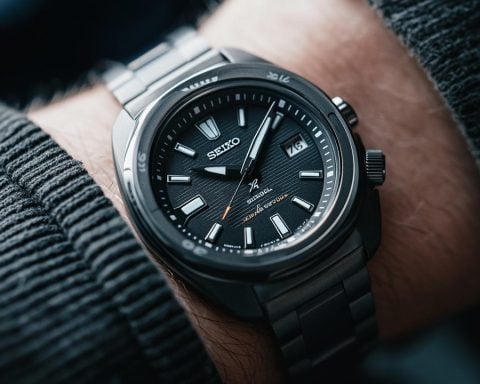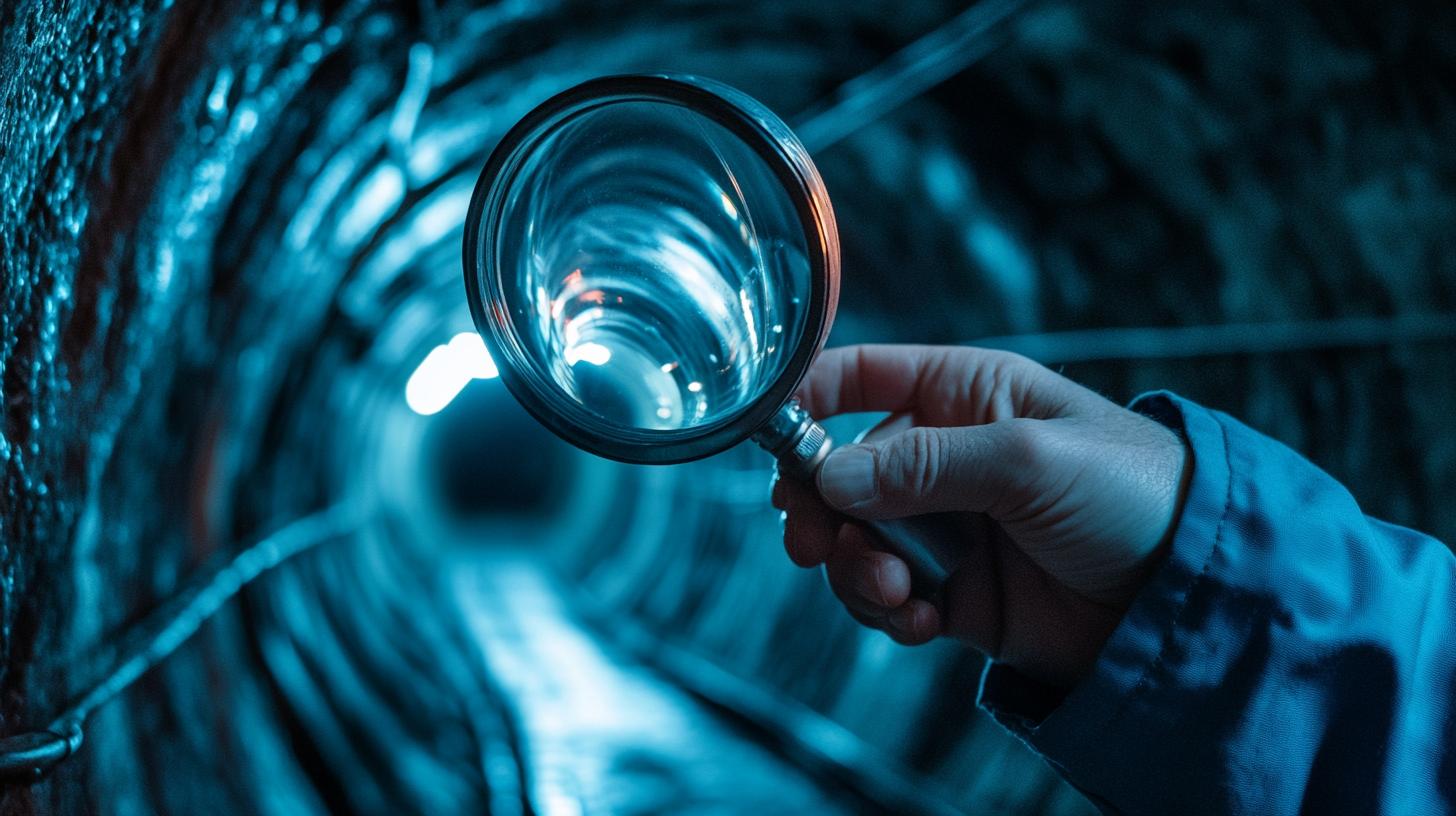Chengdu J-20: China’s Stealth Revolution
Almost ten years ago, China began a major transformation of its military under President Xi Jinping. As part of this modernization, the J-20 stealth fighter jet, known as the “Mighty Dragon,” has emerged as a key player.
Encounters in the East China Sea
On a typical day over the East China Sea, radar systems detect small signals representing an American F-35 and two Chinese J-20 jets. In a rapid sequence, the jets engage in radio communication and swiftly disappear from the radar, signifying the cutting-edge capabilities of these aircraft.
Growing Tensions and Advanced Combat
The skies surrounding the East China Sea are increasingly witnessing these sophisticated airborne encounters as both China and the United States bolster their military presence in the region. These interactions underscore the growing tension and technological advancements in military aviation, with the Chinese J-20 at the forefront.
The Stealth Era
The Mighty Dragon is not only a testament to China’s ambition but also a reflection of its significant strides toward military modernization. As these jets continue to make appearances in strategic encounters, they demonstrate China’s growing prowess and resolve in the field of aerial warfare.
With these changes, the balance of power in the skies is shifting, marking a new era of highly advanced combat aircraft dominating global airspace. The J-20, with its stealth capabilities, is a powerful emblem of China’s technological leap forward.
Unseen Advances: How China’s J-20 is Shaping the Future of Military Aviation
The Rise of Stealth Technology: Beyond the J-20
As military technology continues to evolve, the development of stealth fighters like the Chengdu J-20 represents a significant leap. However, the influence of such technology on global warfare and politics extends beyond mere military prowess. The J-20’s stealth capabilities have prompted competitors worldwide to accelerate their own research and development in advanced aerospace technologies. This leap towards creating invisible aircraft is rapidly transforming the landscape of military engagement.
Interesting Facts and Controversies
One of the interesting aspects of the J-20 is its resemblance to Western stealth fighters, particularly the U.S. F-22 Raptor. This has led to controversies and speculations about potential intellectual property theft and espionage. While China has consistently denied these allegations, the striking similarities continue to be a point of contention in international military circles.
Another fascinating aspect is the J-20’s evolution. Initially unveiled in 2011, the fighter jet has undergone several upgrades, reflecting rapid advancements in Chinese aerospace engineering. The modifications range from radar-absorbing coatings to electronic warfare systems, culminating in a jet capable of competing with the best from other superpowers.
Advantages and Disadvantages
Advantages:
– Strategic Edge: The stealth capabilities of the J-20 allow it to operate in enemy airspace without detection, providing strategic superiority in military conflicts.
– Technological Progress: China’s ability to develop such sophisticated technology signals its capabilities in other tech sectors, potentially leading to advancements in civilian aerospace industries.
Disadvantages:
– Escalating Arms Race: The development of stealth fighters accelerates a global arms race, prompting other countries to expand defense budgets significantly.
– Potential for Misuse: With increased stealth capabilities, there is always the concern of such technology being used aggressively rather than defensively, potentially destabilizing regional peace.
Impact on Humanity and New Technologies
The development of the J-20 not only influences military tech but also drives innovation in areas like materials science, propulsion systems, and aviation efficiency. Civilian sectors could eventually benefit from these advancements, leading to more efficient commercial aircraft and improved safety features. As with many military innovations, the technology initially developed for warfare could pave the way for breakthroughs in various industries.
Is the Age of Visible Warfare Over?
With stealth technology paving the way, traditional notions of air combat are changing. Future warfare may increasingly rely on unseen, predictive maneuvers rather than visible confrontations. This raises questions about the ethical implications and challenges of warfare dominated by technology.
As stealth fighters become the new norm, what does this mean for global defense policies and treaties? Could these innovations lead to new forms of deterrents, or will they merely push conflicts into new realms of invisibility?
For further information about military technology and innovation, visit defense.gov or check out related advancements in commercial aviation on boeing.com.






















